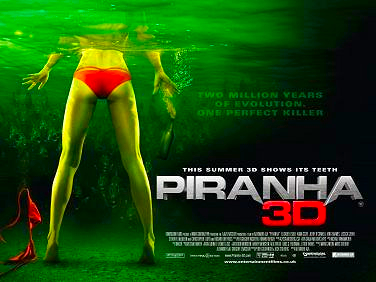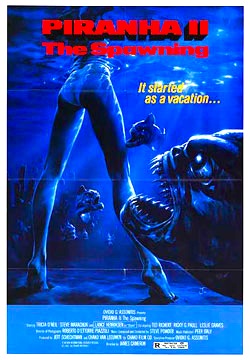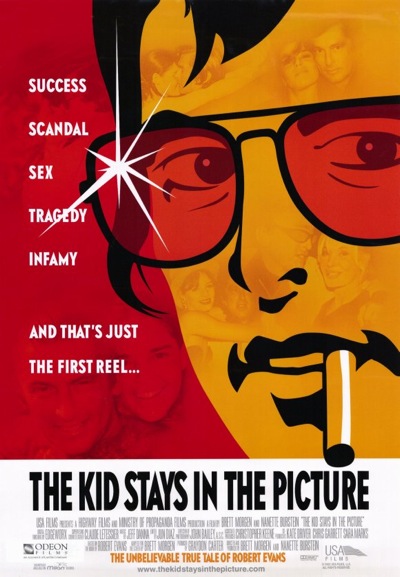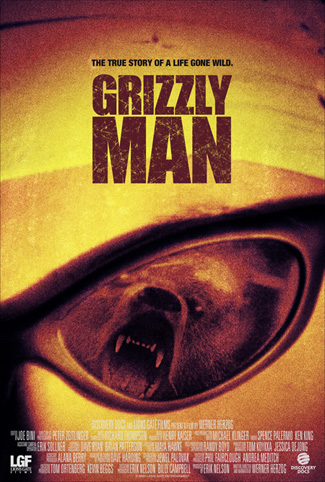By Jason Apuzzo. It looks like MGM’s forthcoming Red Dawn remake may have some competition.
A new Australian film called Tomorrow When the War Began, distributed in Austalia by Paramount (starting September 2nd) and based on an Australian teen novel series of the same title, is getting a lot of buzz right now (see The Hollywood Reporter’s HeatVision blog and Nikki Finke’s Deadline Hollywood today) because the film is currently unspooling for potential distributors at the Toronto Film Festival. The film marks the directorial debut of screenwriter Stuart Beattie, whose credits include Collateral and Pirates of the Caribbean.
Here’s the HeatVision summary of the project:
“Tomorrow” is based on the best-selling Australian novel by John Marsden, which is the first in a series of seven books that have sold over two million copies in Australia and New Zealand. In a “Red Dawn” from Down Under way, it tells the story of a group of high school teenagers who decide to take an end of the year camping trip and return home to find houses deserted and phone lines cut. They soon learn that their country has been invaded, and they’re forced into a battle of life and death against the deadly occupying force.
Check out the trailer above – the parallels to Red Dawn are quite obvious. You can otherwise read some early reviews of the film here and here.
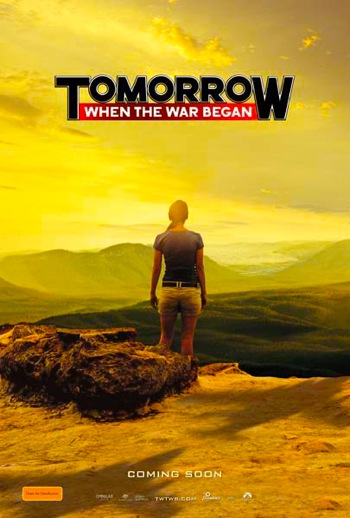 The film, and John Marsden’s original novels, are coy on the matter of who the invading force happens to be – but all indications are that they are most likely the communist Chinese, potentially with the aid of other southeast Asian forces. Tellingly, Marsden apparently dedicated the most recent book in the Tomorrow series to “the people of Tibet, East Timor and West Papua” … all of whom have been invaded either by China, or Indonesia. For an in-depth look at the controversy over this project in Australia, I strongly advise watching the interview below with Marsden – who talks about the novels and the film, and discusses the political implications of both. Expect this exact same controversy to play out once this film is released in the U.S. – assuming that’s allowed to happen.
The film, and John Marsden’s original novels, are coy on the matter of who the invading force happens to be – but all indications are that they are most likely the communist Chinese, potentially with the aid of other southeast Asian forces. Tellingly, Marsden apparently dedicated the most recent book in the Tomorrow series to “the people of Tibet, East Timor and West Papua” … all of whom have been invaded either by China, or Indonesia. For an in-depth look at the controversy over this project in Australia, I strongly advise watching the interview below with Marsden – who talks about the novels and the film, and discusses the political implications of both. Expect this exact same controversy to play out once this film is released in the U.S. – assuming that’s allowed to happen.
It’s fascinating to me that films like this are suddenly getting made right now (e.g., Salt) – although certainly a great many more of them are getting made outside Hollywood (and America, generally) than from within. [In American films right now, fears of foreign invasion are currently being sublimated into the science fiction alien invasion genre. See my exchange with the LA Times’ Patrick Goldstein here.]
Most recently, for example, it was an Australian production team that made Mao’s Last Dancer, which is in theaters right now (see the LFM review). Mao’s Last Dancer deals with a ballet dancer’s defection to the United States, in a much-celebrated case that even involved the intervention of (then) Vice President George H.W. Bush, and yet it was apparently impossible for that film to be made here in this country by American filmmakers.
So we now apparently have a case where a kind of ersatz remake of Red Dawn, made by Australians, may actually hit theaters before MGM’s ‘official’ Red Dawn remake (due to MGM’s complex financial situation). Personally, by the way, I’m still waiting for Chris Morris’ incredible new film Four Lions to get its U.S. release (see the LFM review); that release seems very much up in the air, sadly, due to frightened domestic distributors.
So what’s going on here? I think it’s this: that the climate for freedom-oriented filmmaking is actually better these days outside the United States than within. What a shift that represents. And what a tragedy.
Let’s hope Tomorrow When the War Began gets a U.S. release. We’ll be keeping an eye on this story as it develops.
[UPDATE: It looks like the film is going to be getting two sequels, due to its early success at the Australian box office.]
Posted on August 31st, 2010 at 3:19pm.
